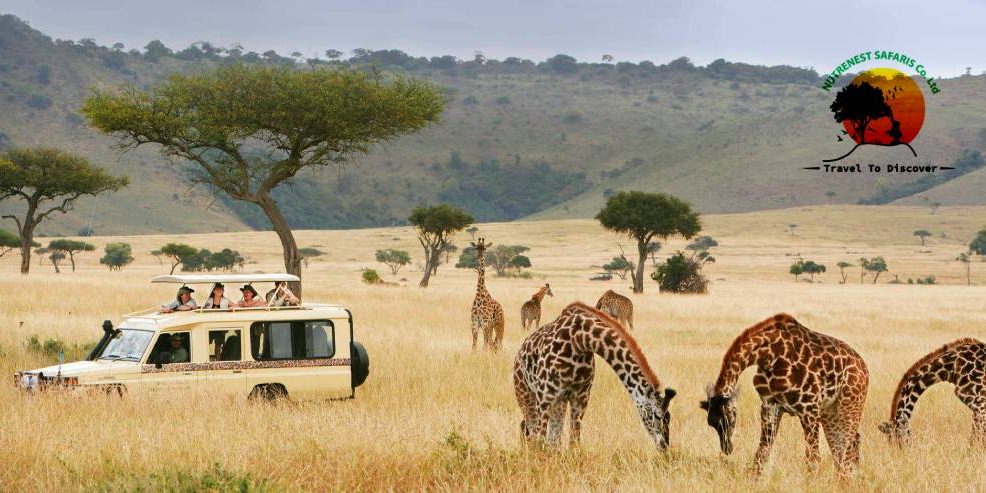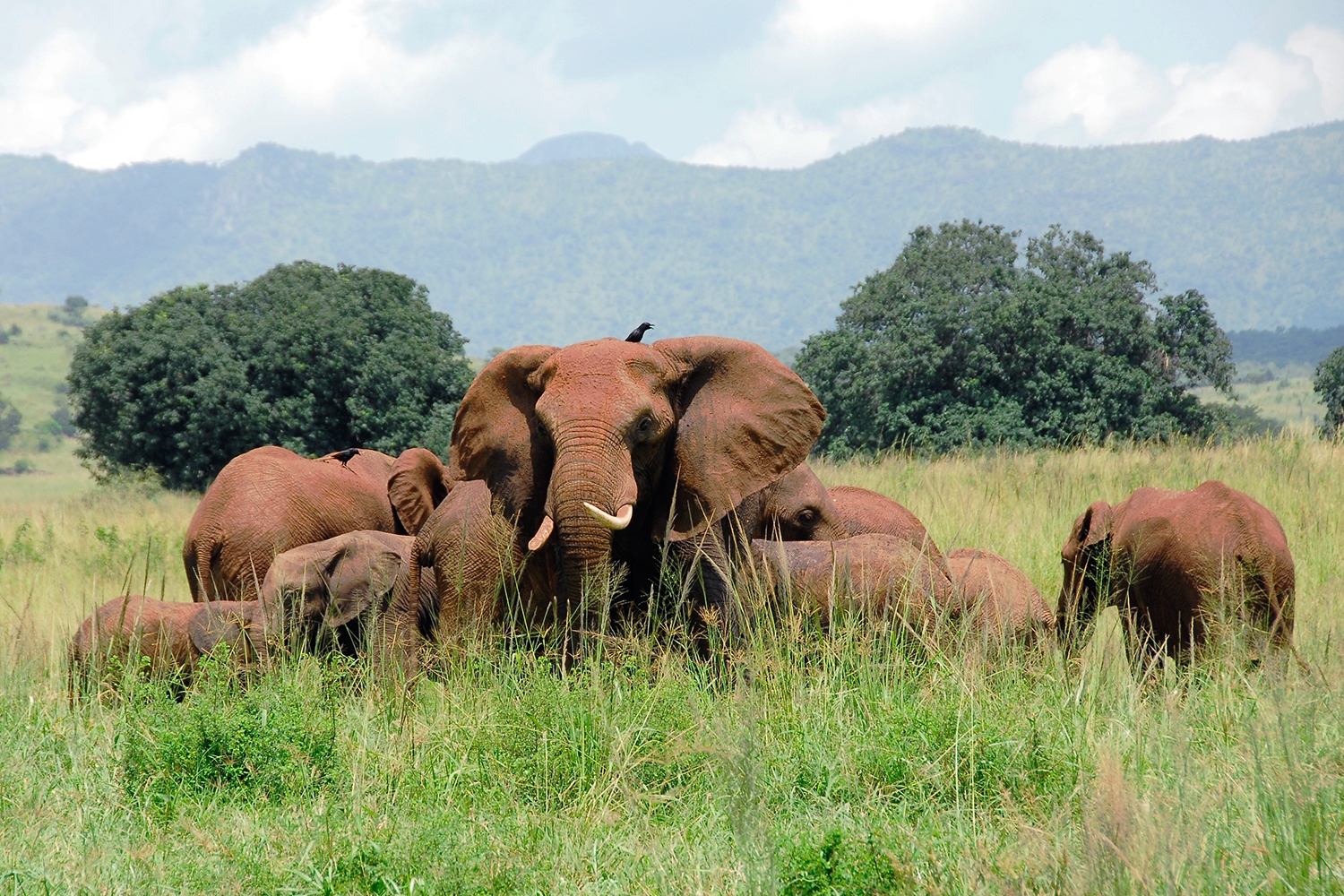Uganda, often referred to as the “Pearl of Africa,” is home to some of the most breathtaking landscapes and diverse wildlife on the continent. From tracking mountain gorillas in the misty rainforests to spotting lions and elephants in the open savannahs, Uganda offers a safari experience unlike any other. However, choosing the right time of year to embark on this adventure can significantly enhance your experience. Today, we’ll explore the best times for Uganda Safaris with us at Nature Nest Safaris, covering everything from the country’s seasons to wildlife behaviour.
Understanding Uganda’s Climate
Uganda enjoys a tropical climate due to its proximity to the equator, which means that temperatures remain fairly consistent throughout the year. Daytime temperatures typically range between 77°F (25°C) and 86°F (30°C), with cooler temperatures in the evenings and early mornings, especially in higher altitudes like Bwindi Impenetrable National Park.
Uganda has two distinct seasons:
Dry Season: This runs from December to February and June to August. These months are characterized by less rainfall and more sunshine, making it easier to explore the national parks and observe wildlife.
Wet Season: Uganda experiences two wet seasons, from March to May and September to November. During this time, the country experiences heavy rains, which can sometimes make the roads muddy and challenging for game drives.
Understanding the seasonal patterns is crucial when planning your safari, as it can affect not only the wildlife viewing opportunities but also your overall comfort and experience.
Best Time to Visit for Gorilla Trekking: June to September
One of Uganda’s most sought-after safari experiences is gorilla trekking in Bwindi Impenetrable Forest and Mgahinga Gorilla National Park. The best time for a Rwanda gorilla safari tour is during the dry season, particularly from June to September. During these months, the forest trails are drier and easier to navigate, reducing the risk of slips and falls while trekking through the dense forest.
Mountain gorillas live in high-altitude areas with thick vegetation, and trekking to see them can be physically demanding. The drier weather conditions make the hike more manageable and enjoyable. Additionally, gorilla sightings tend to be more consistent in the dry season, as the gorillas are more likely to stay in higher, accessible areas rather than retreating deeper into the forest in search of food.
While it is possible to trek gorillas during the wet season, it can be more challenging due to muddy paths and rainfall. However, one advantage of visiting during the wet season is fewer tourists, allowing for a more private and intimate experience.
Best Time for Game Viewing: December to February and June to September
For classic safari game drives, the dry season from December to February and June to September is the best time to visit Uganda. During these months, the reduced rainfall means animals congregate around waterholes and rivers, making it easier to spot them. The grass is also shorter, which improves visibility during game drives.
Uganda’s most famous national parks for wildlife viewing include Murchison Falls National Park, Queen Elizabeth National Park, and Kidepo Valley National Park. In these parks, you can expect to see a variety of animals, including elephants, lions, giraffes, buffaloes, antelopes, and hippos. The dry season also offers excellent bird-watching opportunities, as migratory birds are present during this time.
Since the dry season is also the peak tourist season, it’s important to book your safari accommodations and permits well in advance to secure your spot.
Best Time for Birdwatching: November to April
Uganda is a birdwatcher’s paradise, with over 1,000 bird species, making it one of the top birding destinations in Africa. While birdwatching can be done year-round, the best time for this activity is from November to April when migratory birds from Europe and North Africa arrive.
The wet season from March to May is also a good time for birdwatching, as many birds are breeding and nesting, offering unique sightings of young birds and courtship displays. Some key birdwatching destinations in Uganda include Mabamba Swamp, Semuliki National Park, and Lake Mburo National Park.
During this period, you’ll have the chance to spot species such as the rare shoebill stork, African fish eagle, great blue turaco, and African green broadbill.
Best Time for Adventure Activities: Year-Round, but Ideal in the Dry Season
Uganda is not just about wildlife safaris; it also offers a range of thrilling adventure activities, including white-water rafting on the Nile River, hiking in the Rwenzori Mountains, and boat cruises along Lake Victoria and the Kazinga Channel.
While these activities can be enjoyed year-round, the dry season is ideal for adventure enthusiasts. The weather is more predictable, and you’re less likely to encounter interruptions due to rain. In the wet season, some activities like hiking and rafting can be more challenging or dangerous due to slippery conditions and rising water levels.
If you’re planning a multi-activity safari that includes both wildlife viewing and adventure sports, the period between June to September is perfect for maximizing your experience.
Wet Season Advantages: Fewer Tourists and Lush Landscapes
While the dry season is the most popular time for safaris, there are several advantages to visiting Uganda during the wet season (March to May, September to November). For one, there are fewer tourists, meaning you’ll enjoy a more peaceful and intimate experience, especially in popular parks like Bwindi and Queen Elizabeth.
The rains also bring out the beauty of Uganda’s landscapes, with lush greenery and vibrant flowers transforming the scenery. Photographers will appreciate the dramatic skies and softer lighting, which add depth and richness to their shots. Additionally, some lodges and tour operators offer discounts during the wet season, making it a more affordable time to visit.
The best time for safari holidays in Uganda largely depends on what you hope to see and do. If your main goal is to go gorilla trekking or enjoy game drives, the dry season from June to September and December to February is ideal for favourable weather and increased wildlife sightings. For birdwatching, the period between November and April offers the opportunity to spot both resident and migratory species.
Regardless of when you choose to visit, Uganda promises an unforgettable safari experience, with its diverse wildlife, stunning landscapes, and an array of activities making it a top destination for nature lovers and adventure seekers alike. Call us to plan your safari tour.






